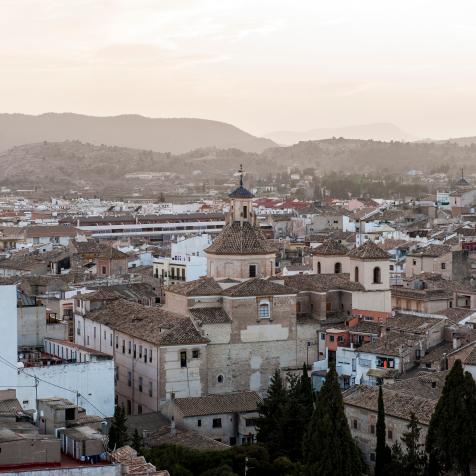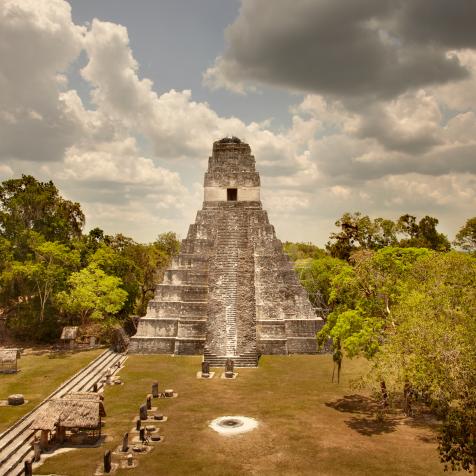
Massive Stone Jars in the Highlands of Laos Are Shrouded in Mystery
A grassy plain in the highlands of Laos is speckled with something out of the ordinary: thousands of huge, ancient stone jars. The jars have been studied for decades, yet mysterious details continue to puzzle researchers and raise more questions than answers.

Morbid Matters
Known as the Plain of Jars, this more than 2,500-year-old collection of giant stone vessels is one of Eastern Asia's most important archaeological sites. Thousands of jars stretch across rice paddies, hills, and forests in the Xieng Khouang Province, a war-scarred region in the northeast part of the country. Ranging in size from three to 10 feet (one to three meters) and weighing up to 14 tons apiece, they've attracted archaeologists looking to make sense of their origin story.
Surprisingly though, the impressive archeological site was of little interest to western researchers until the 1930s when a French scientist named Madeleine Colani began surveying the area. Although her studies revealed major findings — like a nearby cave with human remains, suggesting the jars may have been used as funeral urns for chieftains — they also revealed puzzling details that led to years of unanswered questions. For one, despite remains uncovered in the cave, very few organic materials were found inside the jars, confounding Colani and others. That is, until recently...
In 2016, a research team out of Australia conducted the first major excavation since the 1930s, providing some long-awaited insight into the jars' purpose. The team dug near a popular tourist area and uncovered a burial site where human remains were found in three different ways: in ceramic vessels, in pits covered by limestone blocks, and buried in a traditional grave. This confirms that the jars were in fact used for mortuary purposes but suggests a new theory regarding their role in corpse preparation — as a place to decompose bodies prior to burial.

Ancient Water Bottles
All the morbidity aside, perhaps the most interesting part of the Plain of Jars' enigmatic origin story involves other sites of its kind. Research has also uncovered similar clusters of jars throughout Asia that, when connected with those in Laos, form a path all the way to Northern India! This has led scientists to believe that the jars were used in an international trade route through Asia. It's possible that rainwater collected in the jars for travelers to use during dry seasons. It would explain the many prayer beads found at the sites, potentially left behind as offerings.
One reason why the Plain of Jars has been drastically under-researched for decades is connected to its location. Considered by many to be the world's most dangerous archaeological site, the grounds are home to thousands of unexploded land mines, remnants from America's "secret war" with Laos in the 1960s. Although officials are working to have the area designated a UNESCO World Heritage site, the bombs remain a major threat — only 7 of the 85 sites are open to visitors.
This is definitely one off-the-beaten-path item to add to your travel bucket list. That is, if you can get past the not-so-minor detail about the landmines.
This article first appeared on Curiosity.com.












































































